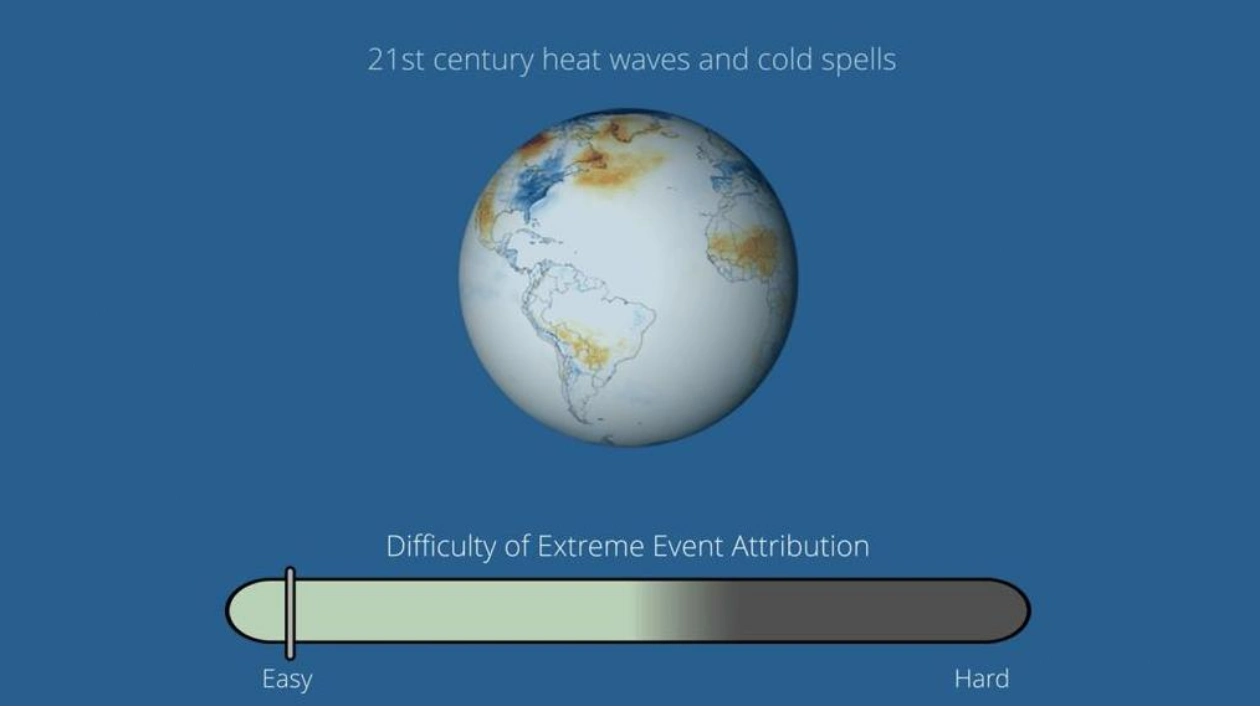This video received funding support from the Howard Hughes Medical Institute.
Maria Temming: In 2021, a historic heat wave scorched the Pacific Northwest, resulting in hundreds of deaths and igniting wildfires. Subsequent research indicated that human-induced climate change made this heat wave at least 150 times more probable. But how do scientists determine the extent to which climate change is responsible for specific weather events?
Researchers employ a range of methods for this task, known as extreme event attribution. One approach involves comparing the current world, which has warmed by 1.2 degrees Celsius since the Industrial Revolution, with a hypothetical world unaffected by climate change. Researchers estimate the characteristics of this second world based on historical weather data trends and climate models. By doing so, scientists can assess whether a particular weather event is more likely or severe in the real world compared to a climate-unaffected scenario.
Another method uses computer models to recreate specific weather events. For example, researchers might simulate the intensity of a hurricane under slightly cooler ocean conditions. If the simulated hurricane is less intense, it suggests that the additional heat in Earth's oceans due to global warming exacerbated the real-life hurricane.
Numerous studies have examined the role of global warming in natural disasters worldwide, finding that climate change often increases the likelihood or severity of these events. For instance, climate change tripled the risk of Hurricane Harvey's record rainfall in Texas in 2017. It also made Australia's devastating wildfires in 2019 and 2020 at least 30 percent more likely. In some cases, scientists have concluded that certain weather events, like the 2020 heat wave in Siberia, would have been virtually impossible without climate change.
Conducting attribution studies requires extensive long-term weather data, models capable of realistically simulating regional climates, and a thorough understanding of the physical processes driving extreme weather. This makes some types of extreme weather easier to study than others. Heat waves, for example, are relatively straightforward to link to climate change due to extensive global temperature records and well-functioning computer models.
In contrast, heavy rainfall events are more challenging to attribute to climate change in many regions, as they lack long-term precipitation records and accurate computer models. Additionally, tornadoes are typically too small to be directly simulated with current climate models. Wildfires are particularly difficult to link to climate change because they depend on numerous non-weather factors, such as land management.
Large parts of the world, including regions in Africa and South America, lack the long-term weather records or region-specific climate models needed for attribution studies. Therefore, more data and improved models are essential to better understand how climate change is influencing weather in these areas.
This research not only highlights how climate change is already affecting our daily lives but also provides insights into the types of weather we should anticipate and prepare for as global temperatures continue to rise.






